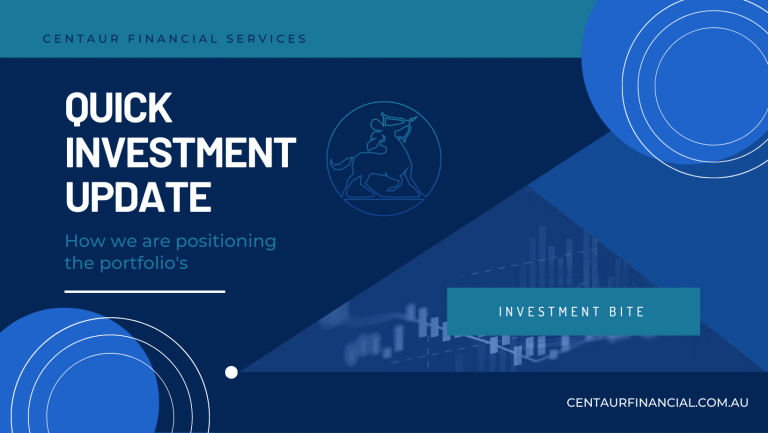On August 2, Apple became the world’s first company to reach US$1 trillion in market value. It took 42 years to get there from humble beginnings in an LA garage, but a handful of younger technology companies collectively known as the FANGs – Facebook, Amazon, Netflix and Google – are already nipping at its heels.
What do they have in common? All have used innovative technology to create new markets, often beginning with a single product or service. Think Apple’s early desktop computers, Amazon’s online book retailer, Netflix’s streaming service, Facebook’s social network and Google’s search engine.
According to Forbes magazine, these tech giants have become so much a part of everyday life that their products or services are regarded almost as utilities, as essential to modern living as power or water.(i) They have also used technology and digital transformation to redefine customer experience in a way that is leaving traditional companies behind.
While their products and services may be cutting edge, their investment appeal is old school. Legendary investor Warren Buffett has been a major Apple shareholder for some time. He is known to look for stocks with reliable, long-term earnings at an attractive price with a strong ‘moat’. A moat might be a brand name, key products or high barriers to exit. Switch your iPhone for another brand for example, and you lose your iTunes music library and countless apps you downloaded.
Apple share price history
USD share price from August 30, 2013 to August 17, 2018
Source: www.nasdaq.com
China unleashes BATs
While Apple and the FANGs are US-based, they face stiff competition in the global tech stakes from China’s BATs. Baidu, Alibaba and Tencent may not be household names in Australia, but they deserve to be on investors’ radar because they are a dominant market force not just in China but increasingly elsewhere as well.
Starting with Asia’s most valuable company, Hong Kong-listed Tencent Holdings is known as China’s equivalent of Facebook. Tencent was the first Asian company to reach the US$500 billion stock market valuation mark. It’s WeChat social media platform recently reached an eye-popping one billion members and it’s also involved in online gaming, music, e-commerce and smartphones.
Alibaba (China’s Amazon plus eBay) is the world’s biggest retailer. It’s New York Stock Exchange (NYSE) listing in 2014 was the world’s biggest and this year it became the second Asian company to be valued at more than US$500 billion.
Baidu (China’s Google) is the second most widely used search engine in the world. It’s also moving into mapping, artificial intelligence and autonomous vehicles. And these three are just the biggest of many emerging Chinese tech stocks.
Opportunities and challenges
Even though many of the tech giants continue to deliver strong revenues due to their global reach, they are also beginning to expand into new business areas such as cloud storage, music and video streaming. Some are also growing by acquisition, with Facebook buying What’s App and Microsoft buying LinkedIn.
Yet big does not necessarily deliver success. Each of the tech giants faces different challenges. For example, Facebook and Google have been most affected by recent controversies over access to private data and fake news.
After announcing in July that profits would be squeezed over the next two years, Facebook’s share price fell 19 per cent in a day. The sell-off was due partly to concerns about the company’s ability to deal with privacy issues, but also to a flattening out of user numbers.
China’s BATs also face challenges from the worsening trade dispute with the US. Tencent has suffered a $207 billion slide in share value since its January peak due to trade concerns and the additional impact of China’s regulators refusing to approve some of its online games just as they were about to launch.
So how can Australian investors participate in the dynamic technology sector without getting burnt?
Getting down to business
Diversification is the key to investing in the world’s leading tech stocks, while minimising the risk of individual companies performing poorly. The simplest way to gain exposure is via a traditional managed fund or an exchange-traded fund (ETF) which can be bought and sold on the Australian Securities Exchange (ASX) like individual shares.
For the broadest exposure there are global technology funds. Regional funds such as a China or Asian fund will also include leading tech stocks.
A popular way to access the FANGs plus Apple, Microsoft and others is to choose a fund that tracks the Nasdaq 100 Index. Although the US-based Nasdaq exchange is home to a wide range of companies, it is well known for tech stocks which dominate the Nasdaq top 100.
Tech companies are often seen as exciting, but investors would do well to follow Buffett’s lead and make sure that the fundamentals are sound, looking at their financial health and ability to deliver sustainable returns. If you would like to talk about your investment strategy, give us a call.
i ‘Apple and the rise of the trillion dollar firm’, 6 August 2018, https://www.forbes.com/sites/dantedisparte/2018/08/06/apple-and-the-rise-of-the-trillion-dollar-firm/#6eecde0c631d




%20-%2009.18.jpg)

































































